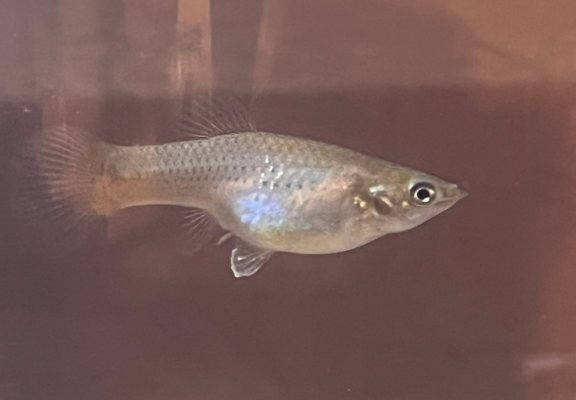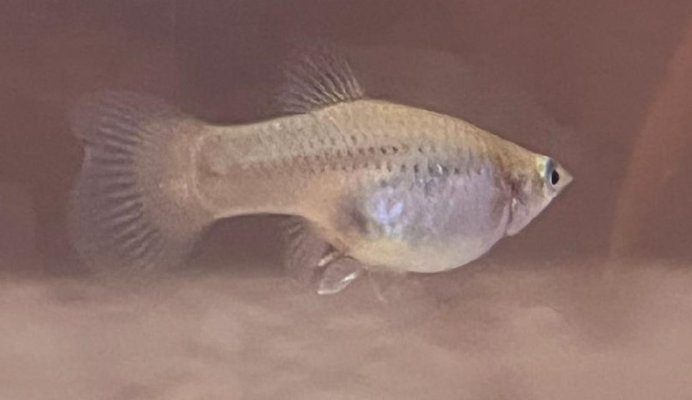DaruniaJones88
Aquarium Advice Newbie
- Joined
- Jun 23, 2022
- Messages
- 6
Got a group of Mollies in two tanks.
2 we suspected were pregnant so we moved the fish around so the two we suspected to be pregnant were separated.
Later we suspected that 1 of the 2 was pregnant and the other is just fat but we kept them both in the same tank just in case.
Today I was suctioning out some of the water when I noticed something swimming against the suction. So we have at least 1 baby Molly now. Now sure how many more. We use larger pebbles at the bottom of the tanks so their could be 10+ hiding among them and we wouldn't know.
My question(s) is: She still looks pregnant. I knew before hand that Mollies are livebearers but I would of thought all the babies would pop out within minutes at most. Is this not the case?
Any tips for suctioning gunk out of the rocks without potentially killing babies? What about food? just grind up the regular food and hope it sinks? I know the larger flakes eventually sink but.....
anyways, yeah, any help would be awesome.
2 we suspected were pregnant so we moved the fish around so the two we suspected to be pregnant were separated.
Later we suspected that 1 of the 2 was pregnant and the other is just fat but we kept them both in the same tank just in case.
Today I was suctioning out some of the water when I noticed something swimming against the suction. So we have at least 1 baby Molly now. Now sure how many more. We use larger pebbles at the bottom of the tanks so their could be 10+ hiding among them and we wouldn't know.
My question(s) is: She still looks pregnant. I knew before hand that Mollies are livebearers but I would of thought all the babies would pop out within minutes at most. Is this not the case?
Any tips for suctioning gunk out of the rocks without potentially killing babies? What about food? just grind up the regular food and hope it sinks? I know the larger flakes eventually sink but.....
anyways, yeah, any help would be awesome.


